One child is born with red hair and blue eyes while their sibling has brown hair and green eyes. Genetics and the differences in physical characteristics are fascinating things that people of all ages are interested in.
Teach middle school students how to analyze their genetics and different traits to better understand themselves and the world around them using the 20 activities below!
Genetics Videos
1. What is DNA and How Does it Work?
Introduce your class to DNA with this quick five-minute video. This video is great for introducing students to the different scientific terms and how different processes and chemicals interact to create DNA and life!
Learn More: Stated Clearly
2. Genetic Mutations – Hidden Secret
This video will take about one 50-minute class period to get through. It is a scientific look at gene mutations and how and why they have occurred throughout the history of living organisms. Write down some key terms before watching the video, and have students write down their definitions/explanations as they watch the video.
Learn More: LPDocumentary TV ch
3. Heredity – Why You Look the Way You Do
This very quick 2-minute animated video introduces students to heritable traits. In this video, they will learn how Gregor Mendel recognized changes in his plants and discovered dominant traits and recessive traits.
Learn More: MooMooMath and Science
4. Inherited Human Traits
After having introduced students to recessive and dominant genes, watch this video and have them write down which traits they inherited. It discusses many different inherited traits, including the traits for tongue rolling and detached earlobes.
Learn More: Kathryn Banisky
5. Here’s What Your Baby Will Look Like
This is a fun video that talks about traits passed from a parent to offspring. Students will learn what their future children may look like and better understand why they look the way they do. Give them cards with traits from their hypothetical future partners and then have them determine which combination of traits their children will get!
Learn More: Bright Side
Hands-On Genetics Activities
6. Edible DNA
Students will have fun building DNA strands with candy. They will learn the basic structure of DNA molecules while also creating a delicious treat!
Learn More: Teach Engineering
7. SpongeBob Genetics Worksheet
After having discussed recessive and dominant genes, have students complete this worksheet about which traits will be passed onto these characters’ offspring. The great thing is the answers to questions are provided! There is also a PowerPoint presentation that goes along with this worksheet.
Learn More: Middle School Science
8. Alien Genetics
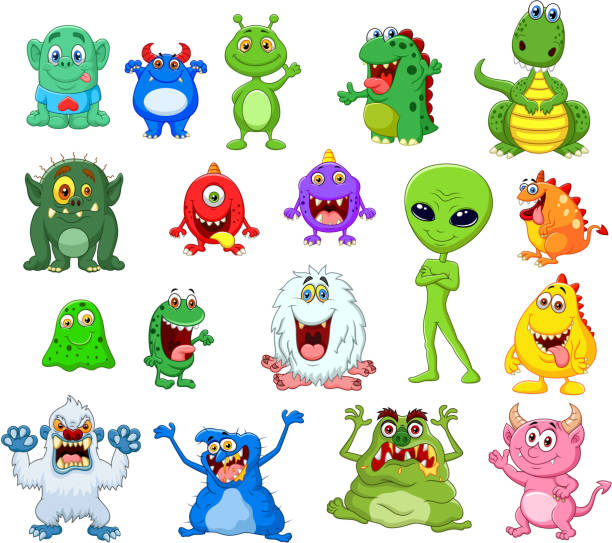
This is a complete lesson to do after the SpongeBob lesson above. Students determine what their aliens will look like by determining the genetic traits their alien parents pass onto them. An extension activity for this would be having students draw/create their aliens and display them as a visual representation of the distribution of traits amongst your alien population!
Learn More: Oregon State University
9. Are Fingerprints Inherited?
This is a 3-part lesson. First, students get their families involved by gathering as many fingerprints as they can from their family members. Secondly, they examine each to find similarities and differences. Lastly, they determine if fingerprints are inherited or unique.
Learn More: Education
10. DNA Bingo

Instead of calling out numbers, create bingo questions where the students have to find the correct answer and mark it on their cards. Students will have fun reinforcing their knowledge of these important science vocabulary terms while they mark off or color bingo squares!
Learn More: Access Excellence
11. Human Body, Heredity Sort

Is it an inherited trait or a learned behavior? In this sorting activity, students decide! This is a fun, quick way to gauge their understanding of the different concepts being covered.
Learn More: Teachers Pay Teachers
12. Mendel’s Peas Genetic Wheel
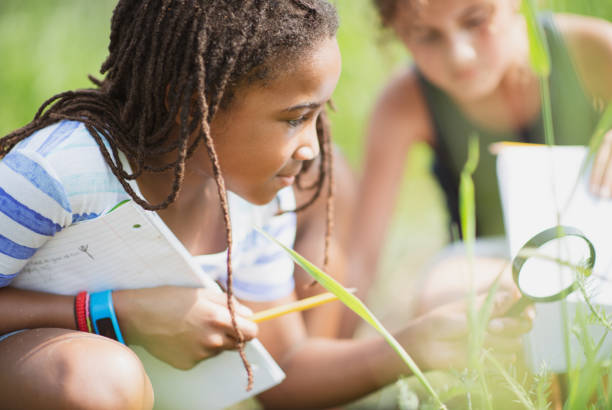
This activity is a little more involved and has middle school students look at differences in genotypes and phenotypes. By using the wheel, they will be able to determine if the traits they inherited are dominant or recessive. As an extension activity, you can discuss which are the most common traits that show up amongst your students.
Learn More: cK-12
13. A Recipe for Traits

This fun resource has students create dogs by drawing colored strips of paper to determine which traits their dogs have inherited. You can then discuss the frequency of trait combinations by observing which traits were passed from parents to offspring the most frequently and which seldom showed up in the gene pool.
Learn More: University of Utah
14. Handy Family Tree
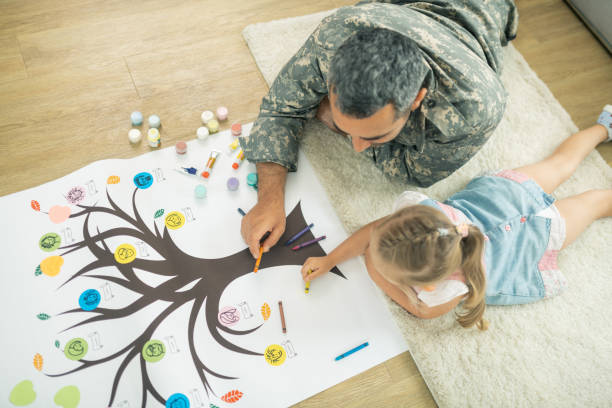
This excellent resource has students analyze their family traits. They get to compare what they have in common with siblings and their parents as well as what is unique to them. They will have fun discovering if each attribute they have is associated with a recessive or dominant trait.
Learn More: University of Utah
15. Family Traits Family Tree
This is another involved activity that requires students to gather information about three generations of family members. After, guide them through how to make a tree of traits following the directions on the attached link. Students will be amazed to trace generations of traits through their family line!
Learn More: Scientific American
16. Genetic Drift Lab
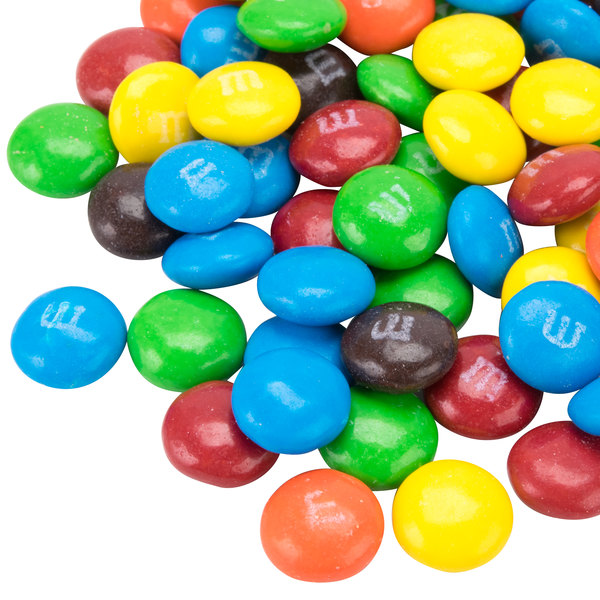
This is a great activity to add to your STEM lessons file! This activity will give students an understanding of genetics and how the area in which organisms live can affect how each evolves. For example, in this, students learn that a hypothetical natural disaster takes out a portion of the population, thereby affecting the combination of genes that can be passed on.
Learn More: Genetic Drift Lab
17. Halloween Jack-o-Lantern Genetics

Looking for Halloween activity ideas? This one has students make jack-o-lanterns using genetics! Grab a coin and give it a toss. Heads equal dominant alleles and tails are recessive alleles. Students will be excited to see the combination of alleles they get to create their jack-o-lanterns!
Learn More: UCPS Instructure
18. One Goal, Two Methods
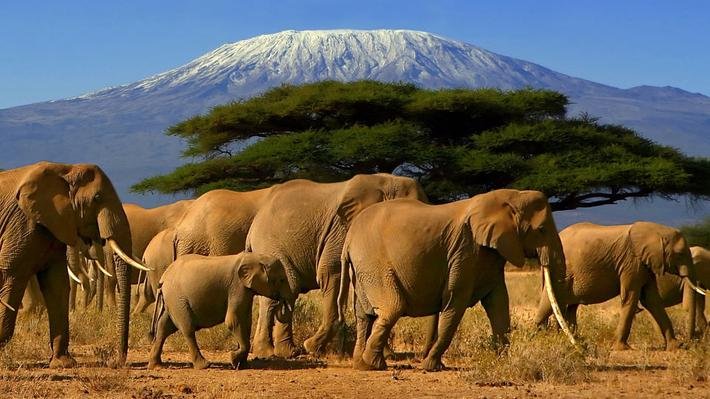
This interactive online lesson discusses the differences between asexual reproduction and sexual reproduction. This is a great activity to discuss how asexual reproduction leads to little to no changes in traits between parent and offspring while sexual reproduction results in offspring with genetic variation. With multiple critical thinking activities, it culminates in a formative assessment of writing an essay so you can assess student understanding.
Learn More: Reproduction: One Goal, Two Methods
19. Extracting DNA from Fruit
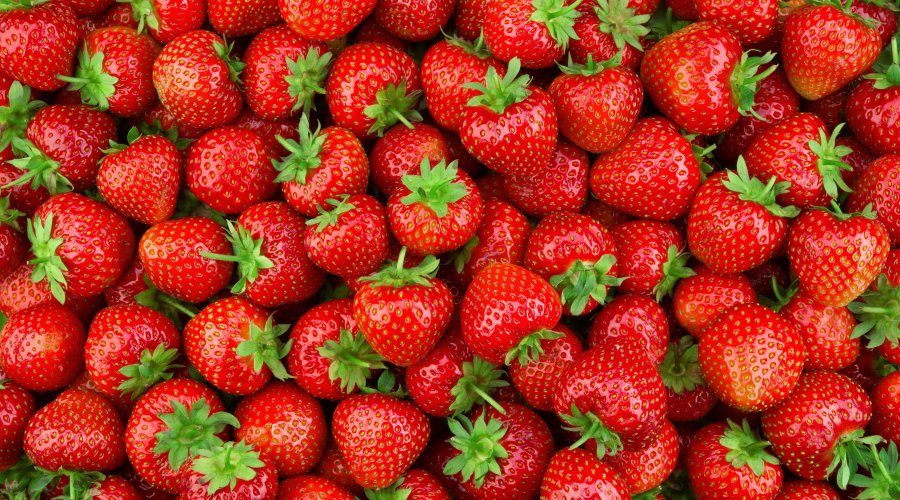
Students will be amazed that you can extract DNA molecules from fruit using common items! Demonstrate how scientists extract and analyze DNA to turn each of your students into young scientists!
Learn More: Your Genome
20. Lego Punnett Square
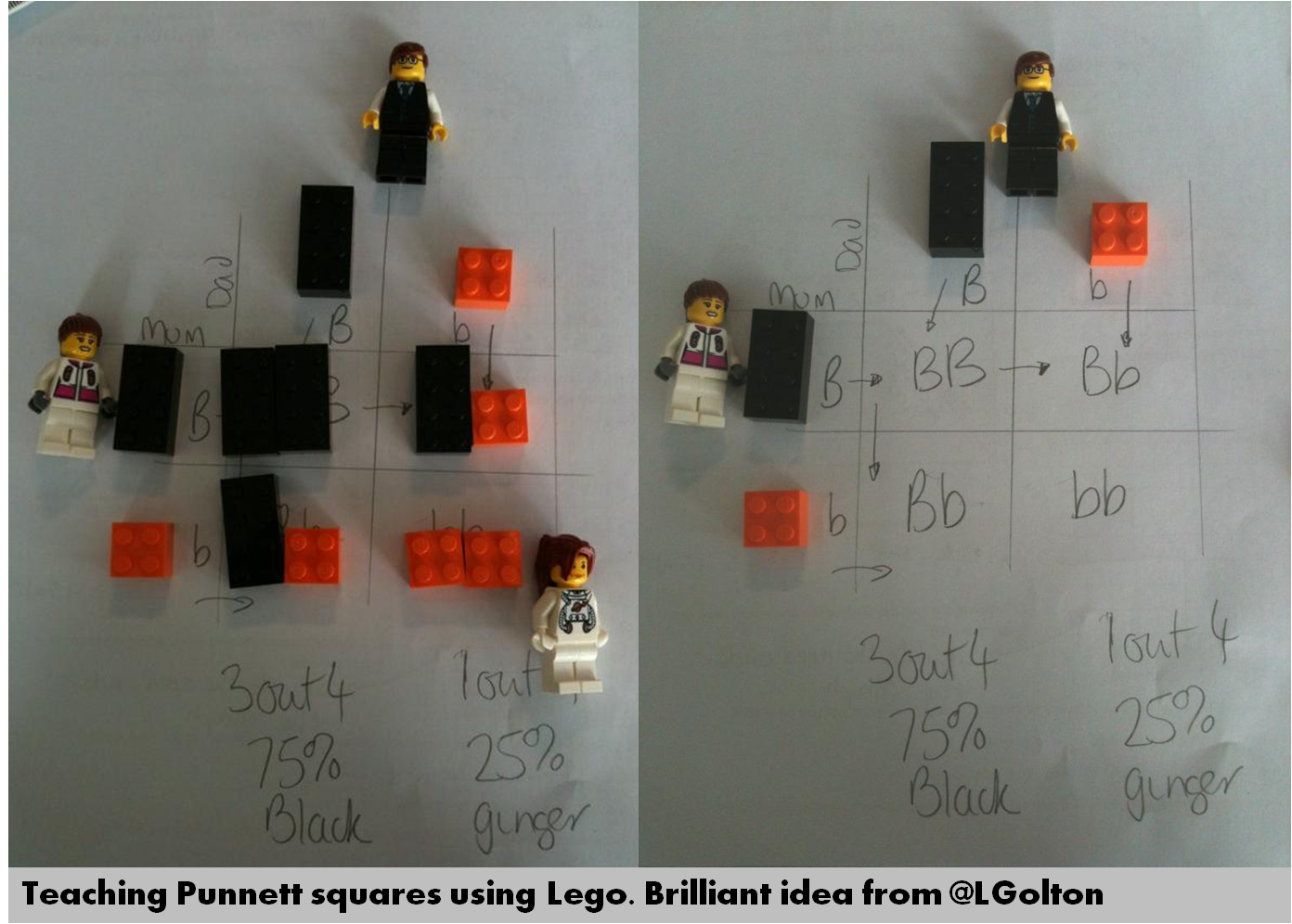
If you are looking for middle school genetics resources to introduce Punnett squares, look no further! This activity has them determine which family traits will be passed along using Legos! This comprehensive lesson has students determine which traits are passed along by analyzing each pair of alleles their hypothetical person receives.
Learn More: The American Biology Teacher